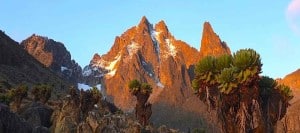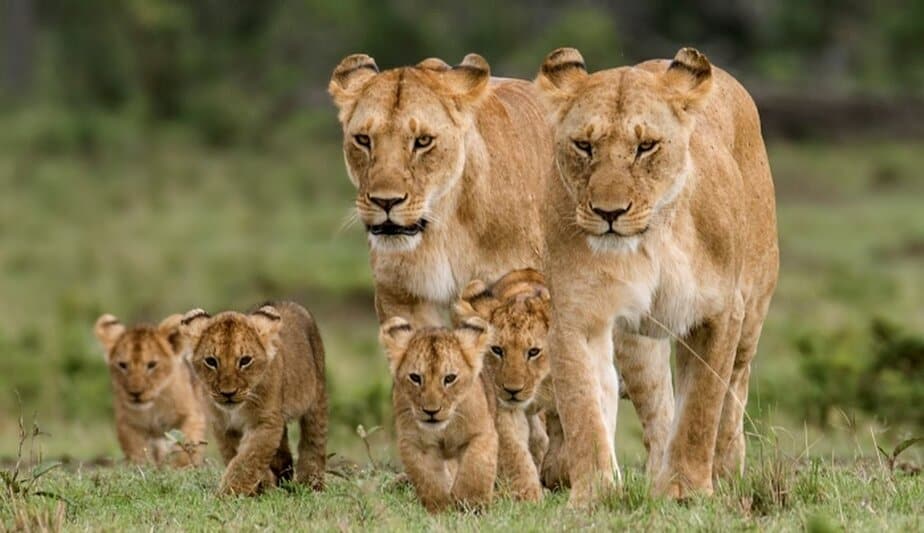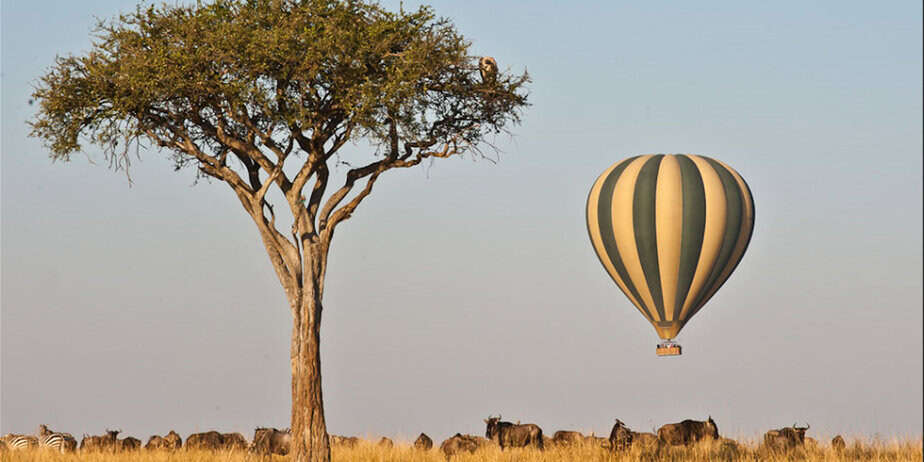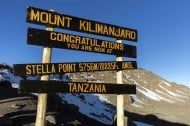
How Difficult is it to climb Mount Kenya
At 16, 400 feet, Mount Kenya is the second tallest mountain in Africa and easily the grandest in Kenya. While it doesn’t reach all the glory of Mount Kilimanjaro, it is incredibly beautiful with gorgeous snow-covered peaks, deep glacial valleys and an abundance of vegetation. Indeed, many people hold the belief that Mount Kenya is the most glorious climb in Africa and it’s hard to argue with that logic.
If you want proof that this mountain is truly spectacular, you only need to dive back into history. After all, Kenya was actually named after this mountain back in 1920. Are you keen to climb Mount Kenya? You might be wondering just how difficult this trek is? Well, you’ll be pleased to hear that people with various levels of trekking experience can venture up Mount Kenya. Let’s look at why this is, what you need to know and what factors could make this climb a lot easier.
What Peak Will You Climb
When you’re trying to decide whether you could manage a climb up Mount Kenya, it’s important to be aware that this mountain has three peaks to choose from. Batian is the highest at 17,057 feet, and it is paired with Nelion. Most climbers will choose Point Lenana instead which is significantly lower than the other two at just 16,355 feet.

While Batian has gullies, pitches and chimney to be weary of Point Lenana is certainly easier. Although, you do need to be aware that this is still a steep climb with an altitude that quickly increases. Of course, once you do reach the peak of the mountain, you’ll be in for a spectacular sight. 360-degree views await that let you see across the African plains and on a clear day you can see Kilimanjaro.
Can You Climb It Alone?
It is important to be aware that if you want to trek up Mount Kenya, you must be registered. You can do this at the park headquarters, and you are not allowed to hike up alone. Instead, you may want to think about getting a space on an organized trek. The good news is that when you do this, you won’t have to worry about food or accommodation. This can all be arranged for you, and knowledgeable guides will provide a great advantage when you are climbing towards the peak. They can offer advice on the best routes and provide a full itinerary. Most of these group climbs last a good four days and you’re provided full support to reach the top. This definitely makes things easier, particularly if this is your first climb. However, you will still need to be in a good state of physical health to be able to complete the climb.
If you are keen to organise a trek once you get there, you need to head to the nearest town which is Nanyuki. Here you’ll find a variety of companies keen to take you to the top. If you arrange a trek before you get there, you will find that your journey begins at Nanyuki.
Where Can You Stay?
You have two options when you climb the mountain, and you’re looking for places to stay. The first is to camp, and there are designated camping spots all the way up the mountain. However, there are also mountain huts where you can stay as well. This is easiest for a few reasons. First, you won’t need to take as much equipment with you which leads to a lighter load. As well as this, the huts mean that you don’t have to worry about the time or effort it takes to set up camp. As such, this option is commonly favoured by those new to journeying up Mount Kenya. The huts are comfortable and provide a very cosy experience even in the harshest of weather conditions. There are dorms as well as communal areas ideal for cooking and eating. You can reserve huts at the gates of the park. Many huts do provide full bathroom facilities, so there’s no need to fear that you’ll be left without basic amenities when you make the climb.
When To Make The Climb
Ultimately, you do need to think carefully about when you want to take this trip if you are keen to get an easy experience. It’s worth noting that Mount Kenya remains cold all year around. Temperatures at higher levels can drop to -10 degrees Celsius through the night. Don’t forget the mountain does have a few glaciers and while they are shrinking, it’s more than enough evidence that you’ll experience freezing temperatures when trekking the mountain.
After the chill of the night has passed you by, you’ll be greeted by a warm, sunny, dry climb. However, by midday, the clouds do start to gather. You can hike the mountain at any time annually, but if you want the easiest option, it’s best to aim for the dry season. This is usually around January and February or July and August. If you want more of a challenge, the rainy season can make the mountain rather treacherous.
Which Route Is Right For You?
There are various different routes to consider when you choose to climb up Mount Kenya. Each of the routes take between three to seven days to fully complete and conquer, and they provide varied levels of difficulty. But which one is the right choice for you?

One of the most challenging routes is certainly the Burguret-Chogoria option. This will take you to Point Lenana through the forests of the mountain. You can get a true sense of solitude here although, you’ll still need to choose a guide to take you on the climb. However, you’ll be glad you have people close by on this trek as it is largely considered to be one of the most challenging. It has a rough, overgrown trail and there is a definite danger of slips and falls. The good news is that very few people choose to travel it and the route offers some beautiful views as you cross Chogoria.
The Sirimon-Chogoria route provides a beautiful climb as you journey towards the Chogoria Gate. The ascent provides a fairly easy pace while journeying down the mountain you’ll see some stunning features including breathtaking waterfalls. So, if you don’t mind a slight challenge on the return journey, this could definitely be the perfect choice and it will take about seven days.
Arguably the easiest route is the Naromoru. This ascends at a steady rate and provides a quick descent option as well. It’s not just one of the easiest ways up the mountain, it’s also one of the most popular due to being incredibly scenic. You even get to journey through a dense rainforest where you’re sure to encounter the wonders of the local wildlife. Though, the route is the same distance as the previous path, it’s a more gentle climb that is perfect for beginners.
Is Mount Kenya Better Than Kilimanjaro?
People often choose whether to climb Kilimanjaro or head to Mount Kenya. For many Kenya will win out for several clear reasons. First, Kilimanjaro, as we have already mentioned is massive in both height and scope. It takes several more days to conquer the peak compared with a climb up Mount Kenya. The altitude on Kilimanjaro also makes sickness far more likely. Due to the lower altitude, it’s possible to reach the first peak of Kenya without every experiencing this issue. Particularly, if you plan correctly, get a great guide and make sure that you are well nourished.
That said, if you want a challenging climb and are keen to find a thrilling adventure, Mount Kenya could still be the best choice. While Kilimanjaro is higher the two twin peaks of Kenya are more complex. For the experienced climber, they offer a grand opportunity to test your skill and push yourself to the very limit. You need a tremendous level of skill to reach the top of Kenya and arguably more so than it takes to reach the peak of Kilimanjaro.
Mount Kenya is also less crowded even during popular times of the year. It’s possible to go a whole day on the mountain without seeing another group making the climb. This can make it a far more rewarding experience while also ensuring that there is less pressure to reach the peak within a certain level of time. It’s a far more gentle experience.
Is It Easy To Access?
When you choose to climb the mountain, you can’t just think about the ascent itself. You need to think about how difficult it’s going to be to get there. With Mount Kenya, it’s simple to reach the launch point for your climb. You simply need to fly to Nairobi Kenya. It’s possible to get a visa at the ports and crossings which makes entering the country easy for everyone.
After that, you can drive a comparatively short distance – 125 miles – on fully paved roads from the international airport. You won’t have to worry about crossing the border into another country, and you’ll find that many people here are fluent in English, keeping arrangements for your journey simple.
We hope this provides you with all the information you need to plan your ascent up Mount Kenya. and also where you can make a pre-trek fitness test with a day tour to Mount Longonot.


